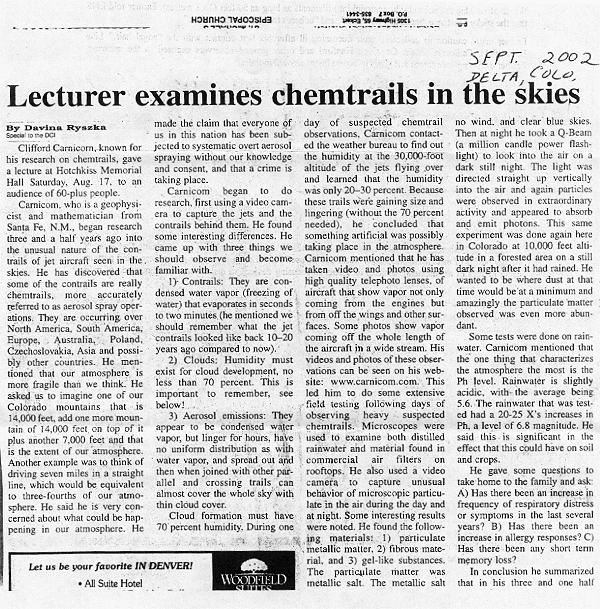
This page exists to assemble information related to planetary and celestial considerations that demonstrate the potential for linkage to aerosol operations, and is somewhat a segregation from the website in its content. This page offers investigative topics, such as what the magnetosphere is, earthquake findings, plasma frequency, change in the earth’s magnetic field, the location of planet X, and interviews.












